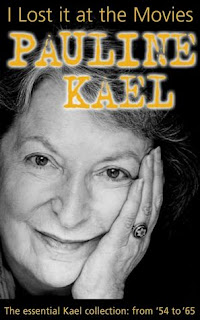Featured at
Writers Read: Mario Erasmo, author of several books, including
Death: Antiquity and Its Legacy,
Reading Death in Ancient Rome, and the historical walking guides,
Strolling Through Rome and
Strolling Through Florence.

His entry begins:
Charles Spencer, Killers of the King: The Men Who Dared To Execute Charles I (Bloomsbury, 2014).
In this gripping book, Charles Spencer traces the fascinating series of events leading to the trial and execution of Charles I, the fate of participants in the trial, and the consequences to the Stuarts and Bourbons. I was drawn to the subject from the perspective of the Medici as players on the world stage of politics. Many people are familiar with the ancestry of Charles I but many do not know that Henrietta Maria of France was a Medici. In many ways the marriage between Charles I and Henrietta Maria, the daughter of Henry IV of France and Navarre and Marie de Médicis, the granddaughter of Cosimo I Grand Duke of Tuscany and the Holy Roman Emperor Ferdinand I was a successful dynastic match that brought the Stuarts closer to the Austrian and Spanish Habsburgs through their Bourbon relatives. From the perspective of Oliver Cromwell and the Puritans...[read on]
Mario Erasmo's historical walking guides,
Strolling Through Rome: The Definitive Walking Guide to the Eternal City and
 Strolling Through Florence: The Definitive Walking Guide to the Renaissance City
Strolling Through Florence: The Definitive Walking Guide to the Renaissance City, take visitors step-by-step through the eras and areas of the cities to experience first-hand the sites and art that have played an enormous role in shaping Western Culture.
Erasmo is Professor of Classics at the University of Georgia specializing in the Legacy of Classical Antiquity. He is the author of several books, including
Death: Antiquity and Its Legacy and
Reading Death in Ancient Rome and the volume editor of
A Cultural History of Death in Antiquity.
The Page 99 Test: Death: Antiquity and Its Legacy.
Writers Read: Mario Erasmo.
--Marshal Zeringue
Not the happiest Hogmanay in culture, admittedly, but Nick Hornby’s 2005 novel opens with its four main characters accidentally choosing the same London roof to jump from on New Year’s Eve. Their plans for a solitary death ruined, TV host Martin (an Alan Partridge-meets-Richard Madeley figure), lonely single mother Maureen, rudely angsty teenager Jess and failed rock star JJ form a pact, agreeing to postpone their suicides. The story unfolds in unexpected directions from there, involving an angel (who looks like a naked Matt Damon), a long-lost sister and a group holiday to Tenerife. Read the blackly comic book rather than subjecting yourself to last year’s godawful film adaptation.












































